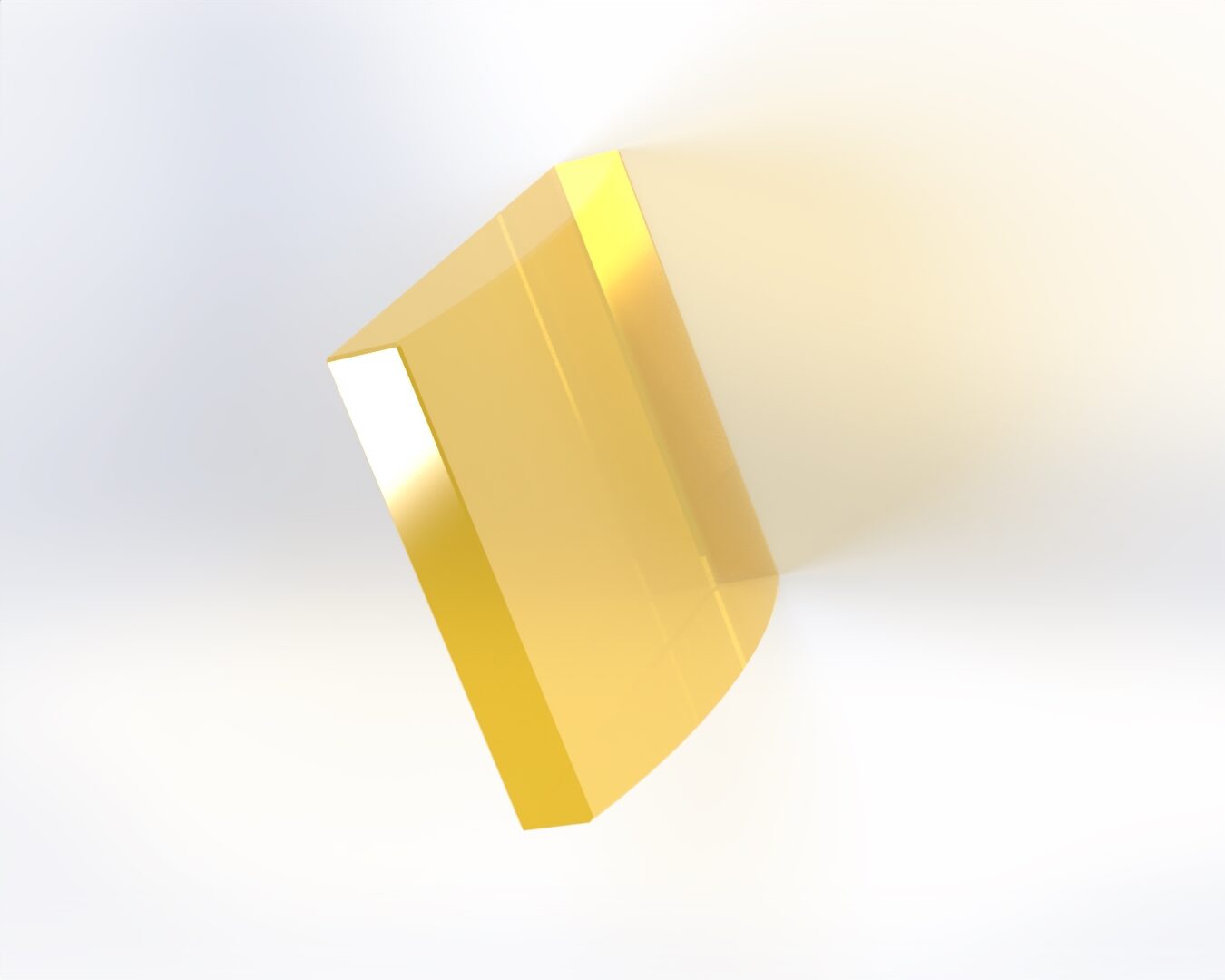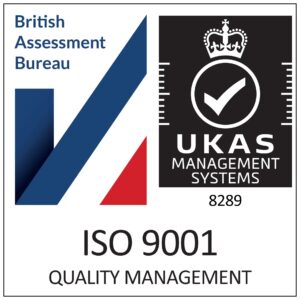Cutting Optics
CO2 Laser Optics for Cutting Systems
Cutting optics form a crucial part of your laser system. ULO Optics understands the need to keep your system running, which is why we carry replacement stock for the most commonly used laser optics around the world, such as Trumpf and Bystronic or Amada flat bed cutters. ULO Optics uses only the best laser grade material and highest quality coatings, producing low absorption lenses which are useful up to the highest power applications.
As well as ensuring we have the most commonly used optics available from stock, our experienced and highly qualified technical team is able to quote for your custom optical requirements. We can manufacture ZnSe lenses from 5 mm to 250 mm diameter with a thickness from 2 mm to 25 mm. Our CO2 lenses have a CW damage threshold of 3,000 W/mm (note that a 5kW beam with a diameter of 20mm is only 5000/20 = 250 W/mm).
Plano-Convex Lenses
Many laser systems have been designed to use plano-convex lenses as the standard focusing element. Some customers also prefer to use our plano-convex lenses at longer focal lengths where the spot size differential compared to meniscus lenses is less of a factor.
Meniscus Lenses
Mirrors
Aspheric Lenses
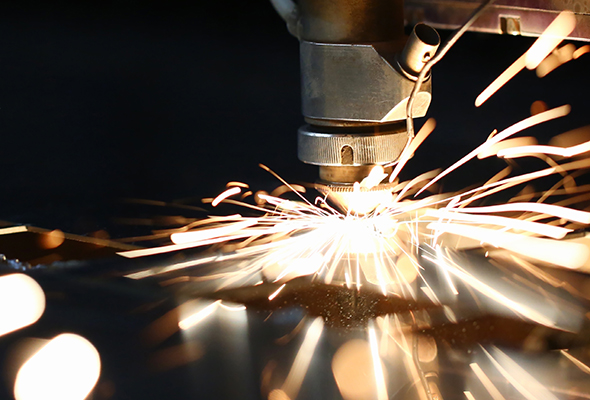
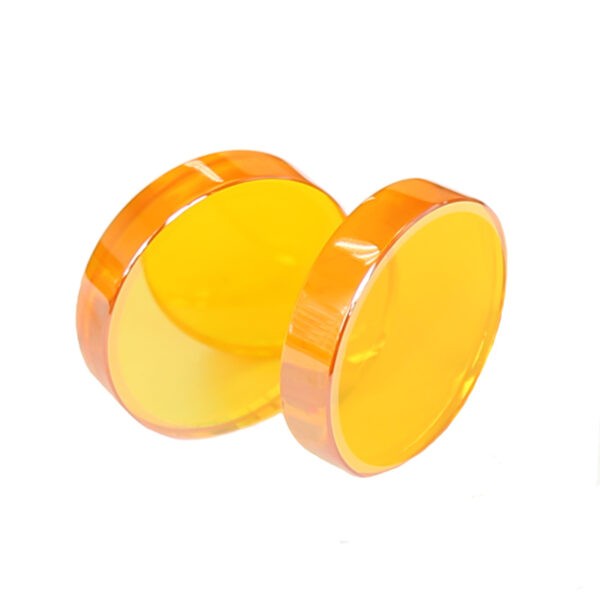
Focussing / Replacement Lenses
ULO Optics’ spherical lenses are available as focusing lenses and negative lenses. Both meniscus lenses and plano-convex lenses are typically used in high pressure cutting applications, depending on the laser manufacturer. Some examples of our standard parts are listed below, ULO Optics can manufacture custom lenses to your specifications.
- Drop-in replacement lenses for all major lasers worldwide, including Trumpf, Bystronic, Amada, Mitsubishi, Rofin, LVD, Messai and Ferranti. The table below is just in indication of capabilities.
- Optimized meniscus and plano-convex designs
- High quality production
- Coated with either standard or UltraLO AR coatings
| Part Number | Diameter [mm] | EFL [mm] | FFL [mm] | ET [mm] | ||||||||||
| VTE500 | 38.05 | 126.9 | 120.8 | 7.4 | ||||||||||
| VTE750 | 38.05 | 190.9 | 185.5 | 7.4 | ||||||||||
| 15BYS127-UL | 38.05 | 127.1 | 120.0 | 9.0 | ||||||||||
| 15BYS190-UL | 38.05 | 190.7 | 183.8 | 9.0 |
Please note that this page is only a representation of our most commonly used replacement lenses for CO2 cutting systems and is not our entire product line. If there is an item not listed or you have questions, please feel free to contact us and we will be more than happy to assist you.
Axicons
Axicons are components which have one flat face and one conical face. Combined with a lens, a ring focus is produced. They are manufactured from ZnSe and the conical face is diamond-machined. Standard available diameters are: 28.0mm, 38.0mm, 50.0mm. Axicon angles may be fabricated within the range 1 arc minute up to 10 degrees. Complete axicon assemblies, with built-in ‘zoom’ function are availabe. Typical applications include cutting out holes in paper, plastics and similar materials.
- Ring focus
- Coated with standard or UltraLO AR coating or per your specification
- Also available in assemblies with focusing lenses
| Part Number | Diameter | Cone angle | Edge thickness |
| ZAXddaabbb | ‘dd’ mm | ‘aa.bbb’ degrees | 3.0 mm for diameters up to 50.8mm |
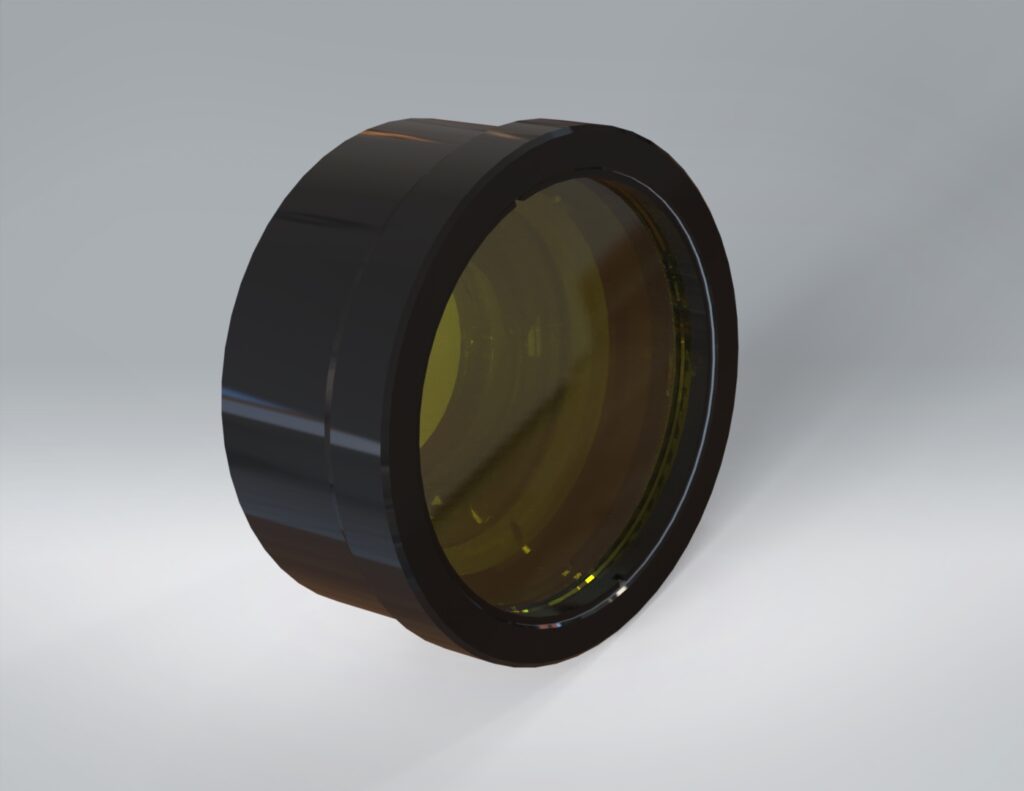
Aberration Corrected Lenses
Aspheric lenses and aberration free lens doublets are high performance alternatives to our short focal length ZLF series meniscus lenses. Both options give diffraction limited performance by correcting the spherical aberration that is present in a “best form” meniscus lens. The aspheric surface is most effective in lenses of short focal length. See below for a selection of the aspheric lenses we can offer. The alternative solution to eliminating spherical aberrations is through our TF series of aberration corrected double element lenses.
- Diffraction limited performance by eliminating the spherical aberration
- AR coated
- Also available mounted
| Part Number | Diameter [mm] | EFL [mm] | BFL [mm] | FFL [mm] | WD* [mm] |
| 10ZAL25.4 | 25.4 | 25.4 | 21.7 | 19.9 | 18.9 |
| 11ZAL25.4 | 28 | 25.4 | 21.3 | 19 | 18 |
| 11ZAL38.1 | 28 | 38.1 | 35.4 | 34.7 | 33.1 |
| 11ZAL50.8 | 28 | 50.8 | 47.9 | 47.1 | 46.1 |
| 11ZAL63.5 | 28 | 63.5 | 60.8 | 60.1 | 59.1 |
| 15ZAL38.1 | 38.05 | 38.1 | 33.6 | 30.9 | 29.9 |
| 15ZAL50.8 | 38.05 | 50.8 | 47.2 | 45.6 | 44.6 |
| 15ZAL63.5 | 38.05 | 63.5 | 60.2 | 60 | 59 |
| 15ZAL95.3 | 38.05 | 95.3 | 92.4 | 91.6 | 90.6 |
| 15ZAL127 | 38.05 | 127 | 124.3 | 123.6 | 122.6 |
*WD = Working distance when mounted in M10, M11 or M15 mount FL = Focal Length Please note that this page is only a representation of our most commonly used items and is not our entire product line. If there is an item not listed or you have questions, please feel free to contact us and we will be more than happy to assist you.
Post Objective Scanner Lenses
Singlet, doublet, triplet and telecentric scanner lenses are all used in the ‘pre-objective’ scanning configuration. However, there is a second arrangement called ‘post-objective’ (or ‘3-axis’) where the scanning mirrors follow the focusing optics. The small first lens is also translated in synchronisation with the mirrors to keep the correct focus on the image surface. Unlike the pre-objective arrangement, the same set of optics can usually cope with more than one field size.
Applications for these lenses typically are three-dimensional applications where the working distance gets varied on the fly, such as remote welding.
ULO Optics designs and manufactures these post-objective lens sets to your requirements.
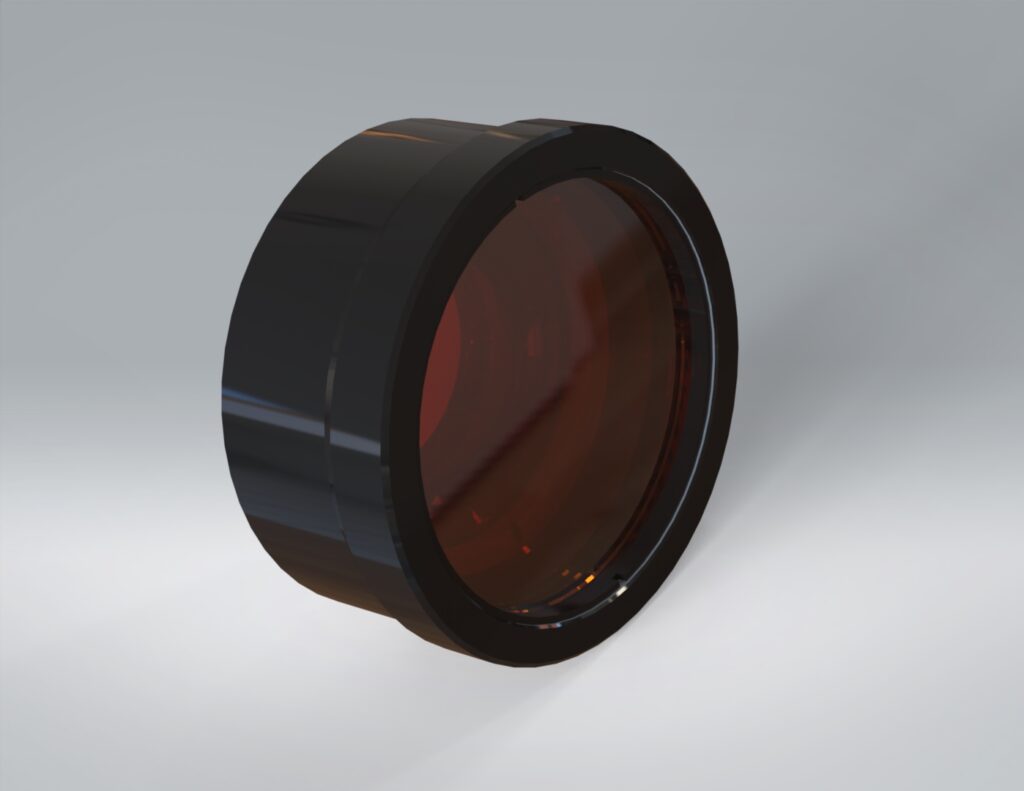
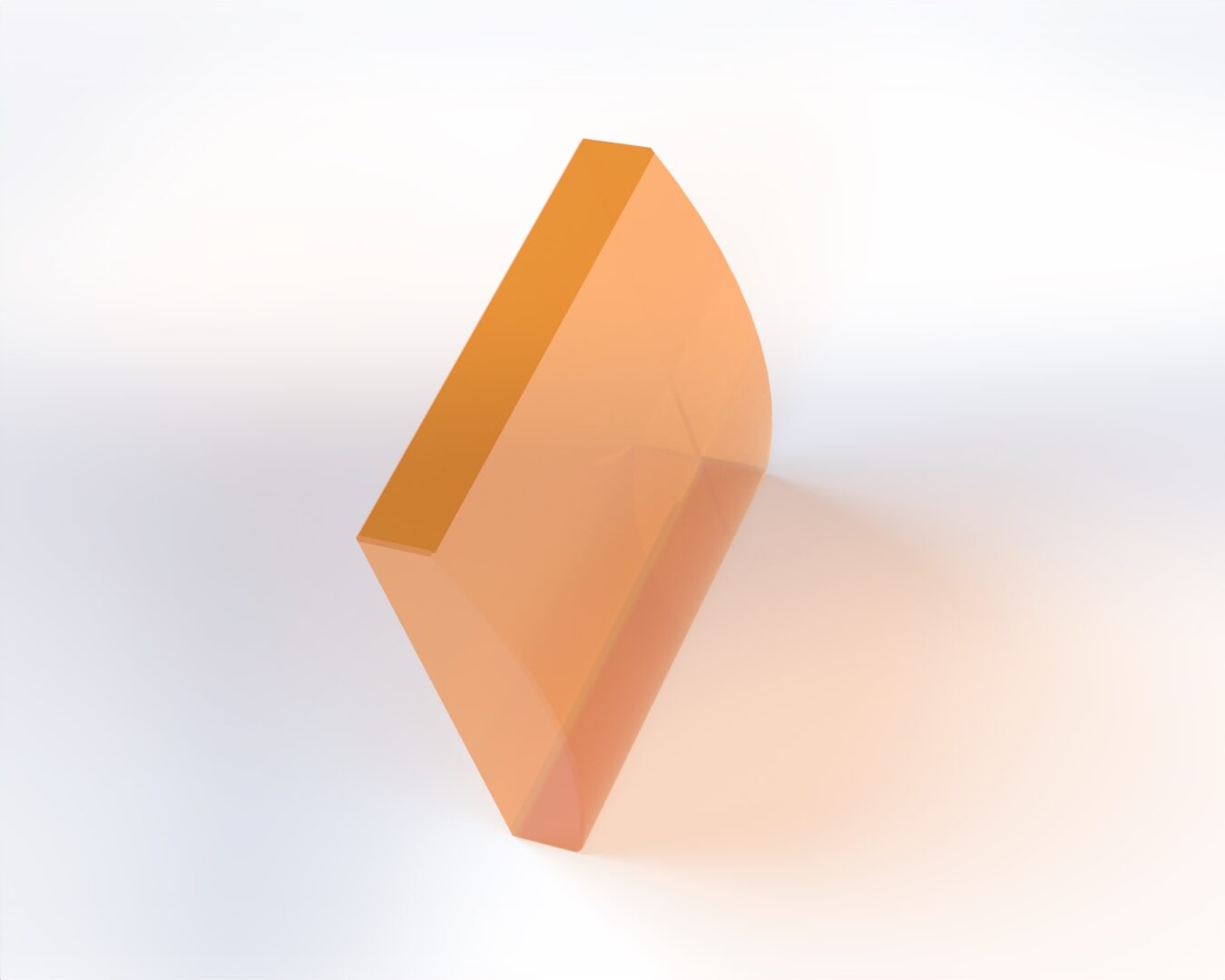
Cylindrical lenses
A cylindrical lens is typically used to focus, condense or expand incoming light. A cylindrical lens has one cylindrical surface, causing light to be focussed in a single dimension or axis. It can also be used to expand the output of a laser diode into a symmetrical beam. Cylindrical lenses are technically more difficult to manufacture than spherical or flat lenses which is why ULO Optics use state-of-the-art polishing techniques alongside stringent lens assessment to manufacture each lens.
A cylindrical lens is typically rectangular, square or circular and of either a plano-convex or plano-concave design. ULO’s cylindrical lenses combine low wedge with high surface accuracy. We assess the quality of each individual lens using Trioptics centration measurement and a Zygo GPI interferometer. All ULO lenses are available both uncoated or coated with a broad range of high durability, low loss AR coatings and can manufactured to 20-10 surface roughness.
Plano-Convex Cylindrical Lens
A plano-convex cylindrical lens is used to condense light in one axis. A positive cylindrical lens is able to create a line image from a point of light, to change the aspect ratio of an image or to focus collimated input light to a line. Plano- convex cylindrical lenses are typically used for illumination of slit and line detector arrays, laser projection, laser line focussing and anamorphic beam shaping.
Plano-Concave Cylindrical Lens
A plano-concave cylindrical lens is used to expand light in on axis. A negative cylindrical lens is able to diverge collimated input light away from a line. Plano-concave cylindrical lenses are used for one-dimensional compression of images, anamorphic beam shaping, and laser line generation.
Applications
A cylindrical lens can be used in a broad range industrial, research and OEM applications. Typically, they are used in spectroscopy, holography, laser scanning optical metrology, acousto-optic and laser diode applications. Lenses will often need to be custom-made to suit the application. ULO Optics offers semi- custom and fully custom-made cylindrical lenses. Our experts offer full support to take you from proof of concept through to volume manufacturing.
Cylindrical Lens manufacture
Cylindrical lenses are most commonly manufactured from a rectangular convex cylinder. The way in which the cylinder is mounted for fabrication is influenced by the radius of curvature and the dimension parallel to the cylindrical axis. If the substrate has a short radius of curvature, it will usually be mounted around a barrel shaped tool, whereas if the radius of curvature is long, the substrate is usually mounted onto a flat bottomed plate with a curved mounting face.
After deciding which tooling to use, cautious mounting of the substrate to the tool is critical otherwise the lens specification may be compromised. Because a cylindrical lens lacks the spherical symmetry of a spherical lens, and because the optical axis is a plane as opposed to a line, centring the lens is a much more demanding process.
In the majority of cases, the lens specification is process-controlled. It is essential to reference the cylindrical axis when mounting the substrate. The same mounting plate or cylinder must be used during the milling, smoothing and polishing processes for each lens, to ensure uniformity.
Surface shape
The surface figure and the radius of curvatures are two important factors when determining the surface of a cylindrical lens. The method of determining the radius of curvature is similar to that used for spherical lenses but due to the asymmetrical surface of cylindrical lenses, test equipment must be converted.
The surface figure is a measurement of how far the lens deviates from an ideal cylinder shape, and is determined by irregularity and power. Power is a measurement of conformity to the specified radius, and irregularity is a measure of the deviation from a perfect sphere.
In a cylindrical lens only the power in the perpendicular plane to the cylindrical axis is typically specified. The remaining surface form error, including the unwanted power in the parallel direction, is called the surface figure. It is usually specified in units of wavelengths and quoted separately along the parallel and perpendicular directions.
ZnSe Cylindrical Lenses
ZnSe lenses with one cylindrical surface may be made in either circular or rectangular shapes, both as plano-convex or plano-concave. ULO Optics offers a standard range of cylindrical-lenses per the specifications below. Custom optics can be made to order. Standard sizes include 25.0 mm, 25.4 mm, 28.0 mm and 38 mm diameters. Custom cylindrical optics can be made up to 100 mm in size.
- Standard or custom cylindrical lenses available – table below is just an indication of capabilities
- Coated with AR/AR for 10.6 µm or per your specification
| Part Number | Diameter [mm] | EFL [mm] | CT [mm] | ET [mm] |
| 9.8ZCP50 | 25.0 | 49.9 | 4.12 | 3.0 |
| 10ZCP63 | 25.4 | 63.4 | 3.91 | 3.0 |
| 10ZCP254 | 25.4 | 253.8 | 3.23 | 3.0 |
| 11ZCP100 | 28.0 | 99.8 | 3.70 | 3.0 |
| 15ZCP127 | 38.05 | 126.9 | 4.02 | 3.0 |
| 9.8ZCN25 | 25.0 | -24.9 | 2.50 | 4.8 |
| 15ZCN38 | 38.05 | -38.1 | 3.00 | 6.5 |
EFL = Effective Focal Length CT = Center Thickness ET = Edge Thickness
